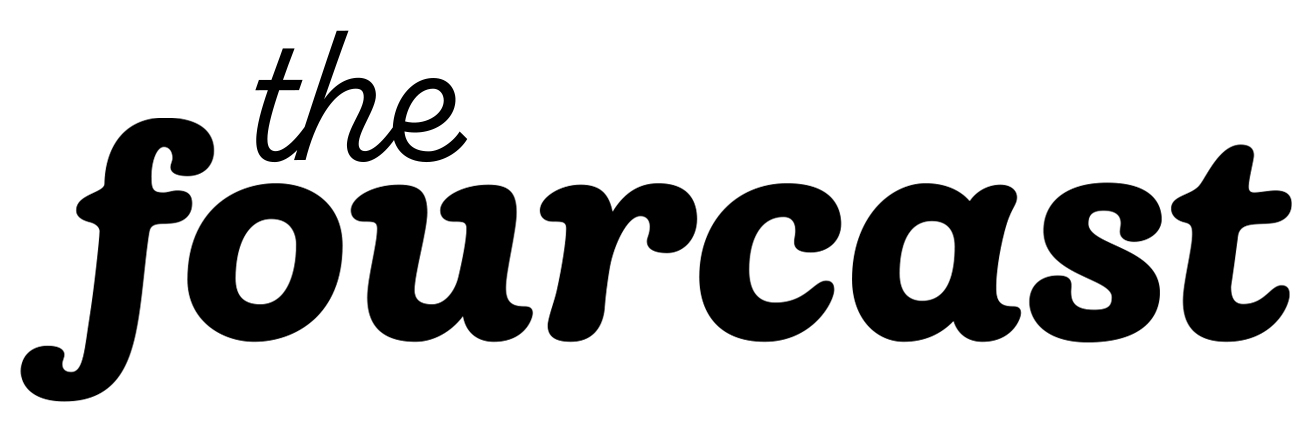While I know little about football, I do understand the concept of a “Hail Mary” pass. In this play during the final few seconds of the game, a quarterback will attempt to throw an extremely long pass to a wide receiver in desperation with little chance of success. However, when successful, fans can be seen screaming and crying while players look towards the heavens to thank God for this miracle victory.
The Iran Nuclear Deal was Obama’s “Hail Mary.”
One week ago, the United States and European Union lifted sanctions on Iran and released about $100 billion after foreign inspectors declared that Iran followed through on its promise to dismantle much of its nuclear program.
This comes six months after the initial deal was not blocked by the House of Representatives and the Senate in June 2015. While the Republican congressional majority voted against the deal, the deal garnered enough support to ensure that both houses could not override Obama’s veto.
However, this Obama administration triumph, which may preserve his foreign policy legacy, did not come with much popular support. According to an August Wall Street Journal/NBC poll, one-third of Americans support the deal, one-third oppose it and one-third do not know enough about the deal to give an opinion.
There are many – humorous and spirited – misconceptions regarding the nuclear deal, such as that America is funding Iran’s effort to build a nuclear weapon to, yes, bomb the United States.
First, and foremost, I would like to clarify that the previous statement is in no way true. The United States is not “giving” Iran any money; instead, the U.S. has lifted many sanctions against Iran, which will allow the country to trade more freely and thus gain more revenue. In addition, the deal has released frozen Iranian assets, totalling $100 billion.
And secondly, the deal will prohibit the Iranian government from producing a nuclear weapon for many reasons, at least in the next 15 years.
![]() The deal restricts uranium enrichment to 3.67 percent, which is just enough to use for harmless nuclear power plants and medical equipment and not even close enough to produce a bomb (which requires 90 percent enriched uranium).
The deal restricts uranium enrichment to 3.67 percent, which is just enough to use for harmless nuclear power plants and medical equipment and not even close enough to produce a bomb (which requires 90 percent enriched uranium).
![]() Prior to the deal, Iran had enough enriched uranium to build eight to 10 nuclear weapons, according to the White House. But the deal forces Iran to remove 98 percent of its enriched uranium.
Prior to the deal, Iran had enough enriched uranium to build eight to 10 nuclear weapons, according to the White House. But the deal forces Iran to remove 98 percent of its enriched uranium.
![]() In addition, to produce a nuclear weapon, Iran would need many centrifuges. Between their Natanz and Fordow uranium enrichment facilities, Iran had nearly 20,000 centrifuges, but in the next 10 years, Iran must reduce that number to 6,104 centrifuges. And the centrifuges at these facilities that Iran may keep must be the oldest and least efficient models.
In addition, to produce a nuclear weapon, Iran would need many centrifuges. Between their Natanz and Fordow uranium enrichment facilities, Iran had nearly 20,000 centrifuges, but in the next 10 years, Iran must reduce that number to 6,104 centrifuges. And the centrifuges at these facilities that Iran may keep must be the oldest and least efficient models.
![]() A nuclear weapon can also be made with plutonium. The Arak reactor in Iran, which is a heavy-water nuclear reactor, was the only reactor in the country that could produce weapons-grade plutonium. However, the deal has forced Iran to redesign the reactor so that it may no longer produce such plutonium.
A nuclear weapon can also be made with plutonium. The Arak reactor in Iran, which is a heavy-water nuclear reactor, was the only reactor in the country that could produce weapons-grade plutonium. However, the deal has forced Iran to redesign the reactor so that it may no longer produce such plutonium.
While these reasons that Iran could not build a nuclear weapon may be convincing, you may be wondering, “How can we trust Iran? The country will just build a bomb behind our back and make America look like fools!”
As outlined in the deal, the International Atomic Energy Agency has the power to inspect, verify and monitor all actions regarding Iran’s nuclear program.
Even if Iran does violate any aspect of the treaty, the United States has ensured that all sanctions will “snap back” into place, crippling the Iranian economy.
You may hate the deal or love the deal, but regardless, it is still better than no deal at all. According to the White House, prior to the deal, Iran could produce a nuclear weapon within two to three months if desired. While we may not be able to predict the long-term success of the deal yet, the Obama administration has extended the “breakout period,” or the time necessary to produce a bomb, from two months to fifteen years.
Just imagine what would have happened if the Iranian nuclear deal hadn’t passed and Iran had built the bomb. There is no question the world would be a much more dangerous place had Obama’s “Hail Mary” pass failed.










